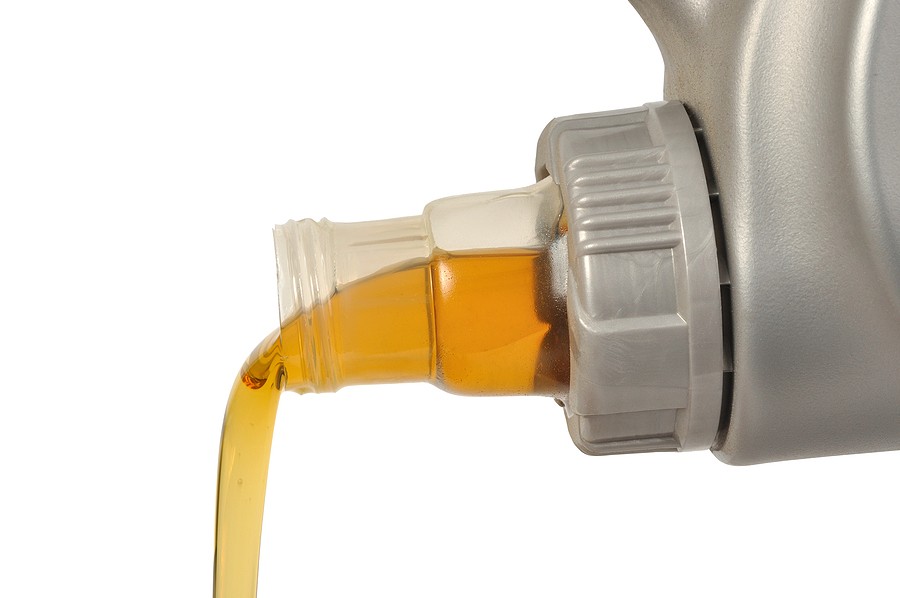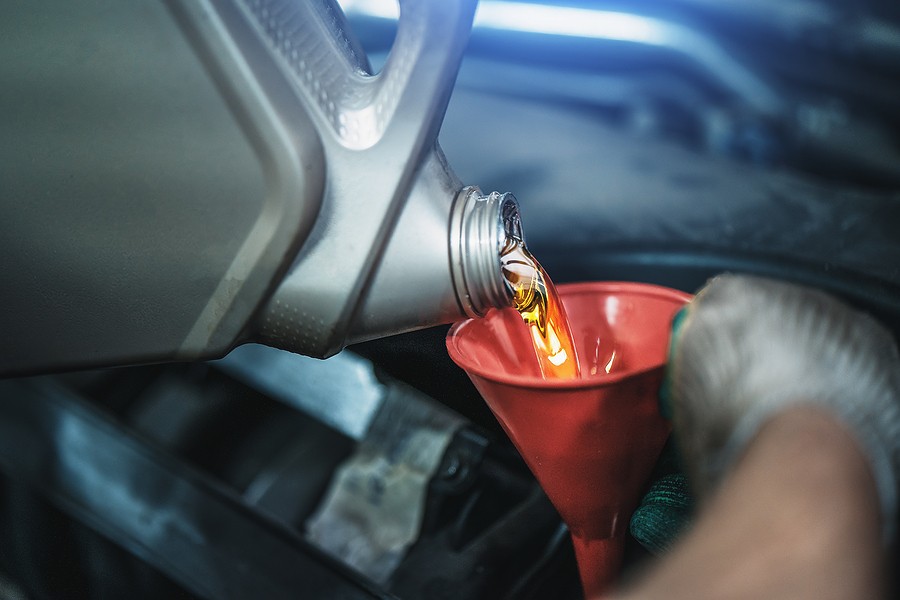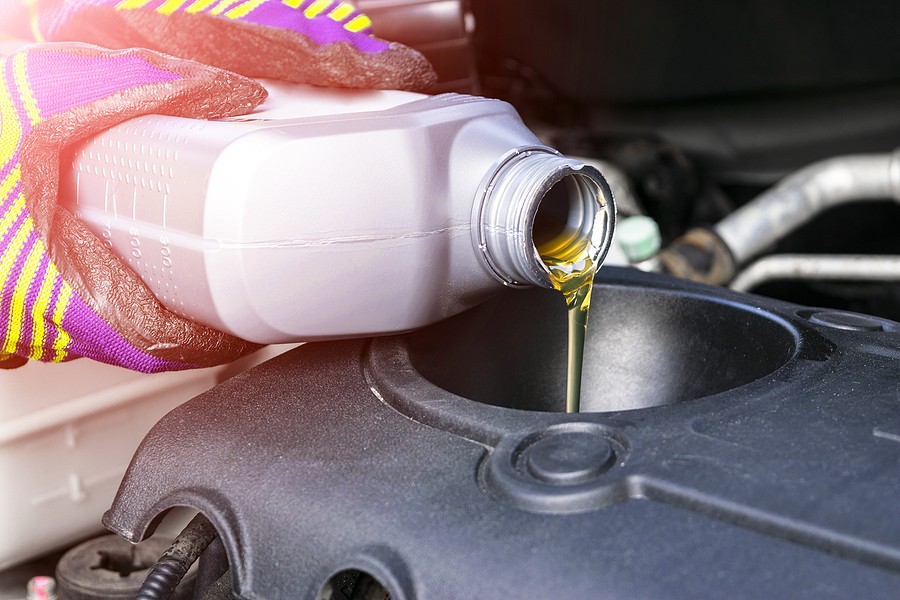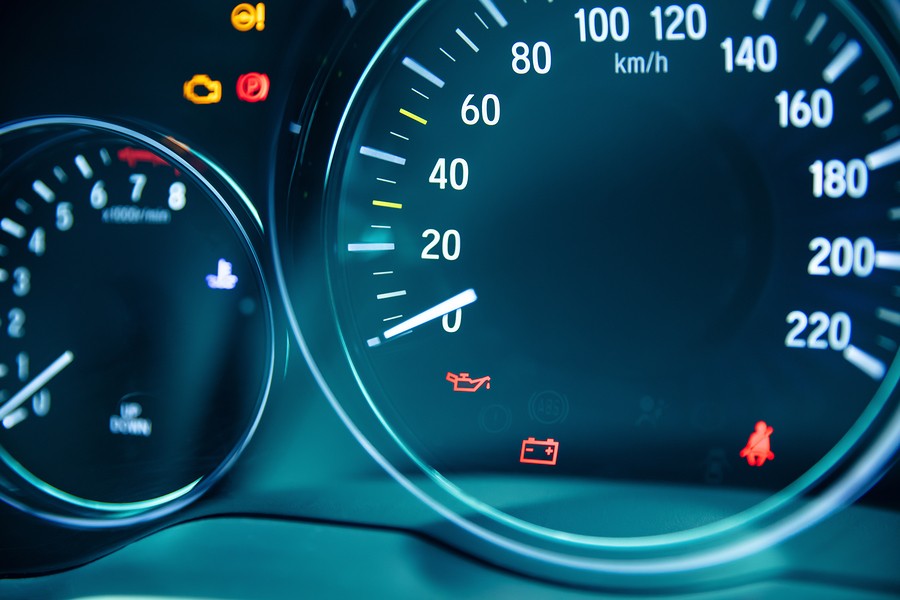If you're searching for “how to know if engine oil is low,” you'll need to:
- Check on the dashboard warning lights
- Use the manual dipstick inspection
- Observe the oil consumption
- Look for any additional symptoms
Your motor oil is a significant fluid you must keep up with. Every driver must understand how to check the oil level and confirm it's sufficient to lubricate the Engine and prevent any engine overheating.
Checking the engine oil is not complicated; you can do it independently without consulting a professional. This way, you can save a lot of labor and additional time you might waste while waiting for them to check your oil.
This article provides detailed guidance to help you understand how to know if engine oil is low. It rocks you through a step-by-step process and provides additional recommendations about what must be done if the engine oil is low.
What is engine oil, and why is it dangerous when insufficient oil exists?
Before we dive into the details about how to know if engine oil is low, you must understand the importance of engine oil and how critical and dangerous it is to run your vehicle if the oil is not enough.
The motor oil is a fluid responsible for lubricating the internal metal components. Since the Engine consists of many moving metal components, they can generate a lot of friction and heat that could damage the Engine. Therefore, by lubricating the Engine continuously, you prevent these issues and keep your engine healthy.
Over time, views end because of other external factors; your Engine might run on low oil, and when this happens, the Engine might not receive enough lubrication. Therefore, you can deal with Engine overheating that could kill the Engine in no time.
That's why it's important for you as a car owner to understand how to know if engine oil is low, and once you confirm that, you need to top it off completely or at least understand what's causing the engine oil leak to address the problem.

How do we know if engine oil is low?
Checking your motor oil is not a complicated job and is something you can do on your own without needing to consult a professional. This way, you don't have to worry about labor costs or additional time you could waste waiting for them to check your oil.
One of these severe things that could happen to any vehicle is when the engine oil is very low. When this happens, the Engine will suffer from overheating, which might lead to complete engine self-destruction.
That's why automotive experts always recommend that you keep an eye on the Engine and confirm that you're not running on low motor oil. To do so, you can check the following four items:
1. Check on the dashboard warning lights
First of all, you need to look at the dashboard warning lights. Depending on your vehicle type, you might see a warning light specifically illuminating because your Engine does not have enough oil. You might suffer from something referred to as low oil pressure instead of saying that the Engine doesn't have enough oil.
If this is confirmed, you need to stop your vehicle immediately and consult your mechanic to see what needs to be done to avoid further complications that might cost you the entire Engine.
2. Use the manual dipstick inspection
Another simple thing you could do is to check your current engine oil using a dipstick. You can locate the dipstick location by referring to your vehicle owner's manual and then looking at it to see if the engine oil is close to the required mark.
If the engine oil is below the minimum point, you must top it up immediately. Otherwise, your engine can suffer from several problems that might cost you thousands of dollars for repair.

3. Observe the oil consumption
While it is important that you identify the situations where your motor oil is low, it is more important to identify any potential problem leading to overconsumption of oil. In other words, if you realize that your oil is overconsumed and between now and then, you have to top it up, then there is an internal problem that you have to address immediately.
Sometimes, oil consumption might be related to the age of the vehicle. In other words, if you're driving a very old car, it's not surprising to deal with situations where it's consuming a lot of oil; when this happens, there is very little to be done to fix the problem, and in most scenarios, you'll have to replace the vehicle with a better one.
4. Look for any additional symptoms
In addition to the three mentioned items that you could check to confirm whether your engine oil is low, there are also additional symptoms that you could look into, which could lead to situations where the engine oil is low.
For example, you can monitor the engine temperature and see if the Engine is overheating. Sometimes, the overheating might be attributed to the low motor oil, but it's not always the case, and your mechanic needs to confirm.

How do we address low engine oil issues?
You must act immediately if you confirm that your motor oil is low. Otherwise, your vehicle can deal with engine self-destruction, which would cost you the Engine, if not the entire vehicle.
The following list provides you with five important things that you could follow if you confirm that your engine oil is low:
1. Choose the right oil
If you confirm your vehicle oil is low, you must choose the right oil first. Your vehicle owner's manual should have detailed recommendations about what type of oil you should use. You must follow the recommendations closely because going with the cheaper oil might lead to further complications that might cause you more problems.
Remember that you can go with a higher quality oil than what your vehicle owner's manual documented, but you don't have to appear. In other words, some people may think that doing with upper premium or synthetic oil is always good, but it's unnecessary as long as you keep up with oil changes on time.
2. Find the oil cap
The next step is to find the oil reservoir. This requires finding the oil cap, which you can find under the hood by referring to your vehicle owner's manual. If you can't find this cab, you can look into some YouTube videos that could help you with visual guidance.
Once you find the oil cap, you must work with the system once the vehicle is slightly cooled down because you don't want to deal with hot components, especially if you're close to the cooling system.
3. Add oil gradually
At this point, I can start adding oil gradually, and you don't want to pour oil a lot because you don't want to over-pun oil in the vehicle. It is also as bad as having low oil when you have a very high oil level, and it could lead to even more complications.
4. Check the dipstick
As you start to add oil, it is a good idea to go ahead and check with the dipstick to see if you reach the required level. You want to ensure that you're not adding oil too much, as we mentioned before, and you also want to ensure that you're above the minimum mark so you don't deal with complications related to Engine overheating issues.
5. Seek professional help
While topping up your engine oil is not a complicated job, sometimes things get out of hand, and things could be related to some internal problems that might make the process a little bit complicated. Therefore, you might want to consider seeking professional help if you're dealing with such issues and if you confirm that there is a potential oil leak or some damaged components internally.

How do we know if engine oil is low? Conclusion
Knowing if engine oil is low is one of the most basic skills you must have as a car owner. This way, you can avoid dealing with situations where you can drive your car with very low oil, which might lead to severe damage to your Engine.
This article walks you through a service process to help you understand how to know if engine oil is low. It also walked you through recognitions about how to top up the oil if you confirm that you don't have enough oil in your Engine.
If you're interested in similar posts, we highly encourage you to visit our blog by clicking here.



